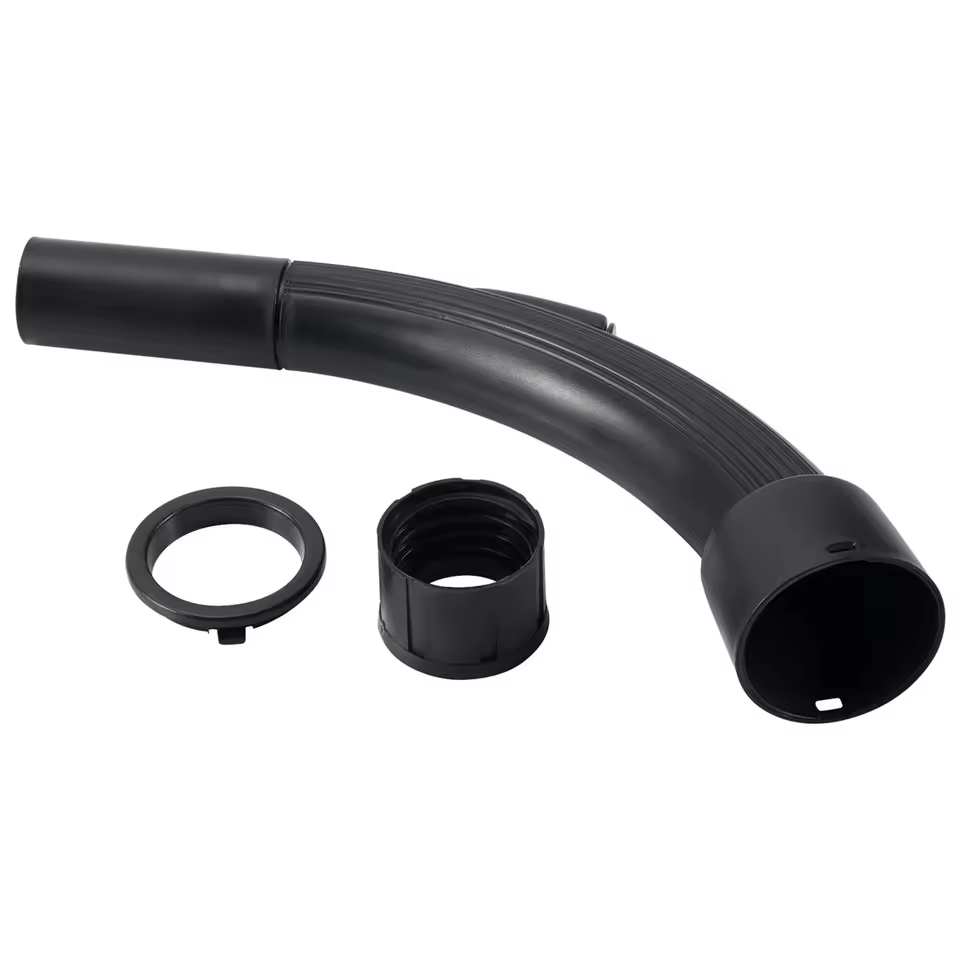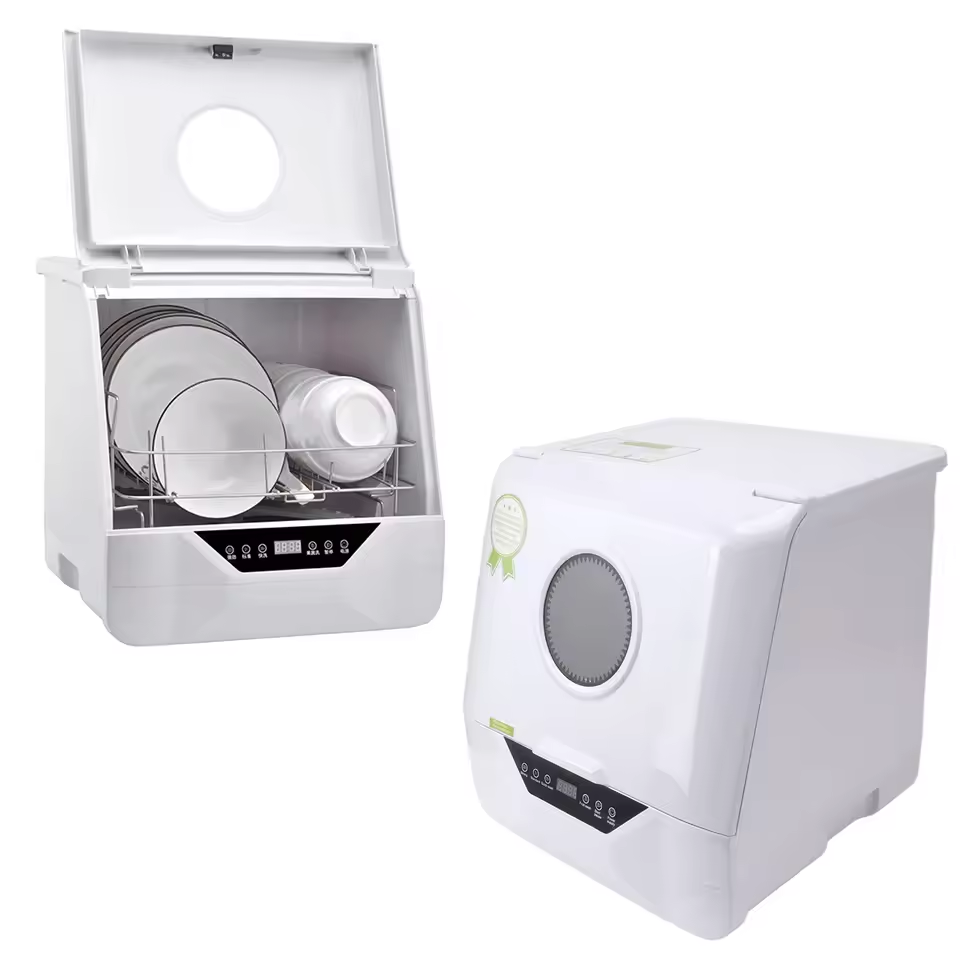History and Evolution of Vacuum Cleaners
The story of vacuum cleaners began in the 19th century. Back then, people used brooms to clean floors. The first manual vacuum cleaner appeared in the 1860s. It wasn’t electric and required manual operation to create suction. How vacuum cleaner works?
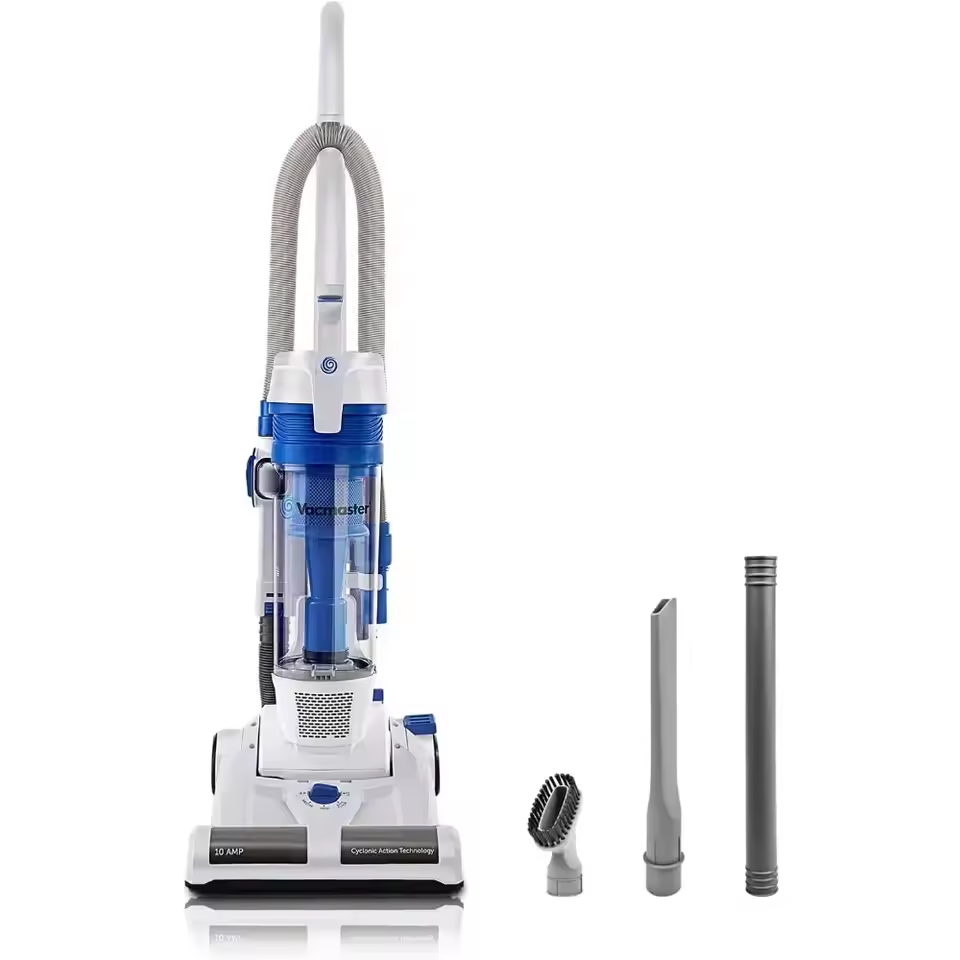
From Manual Sweepers to Robotic Vacuums
From their humble beginnings, vacuum cleaners have come a long way. The early 20th century saw the introduction of electric vacuum cleaners. These machines made cleaning easier and more efficient. Over the years, innovation has continued. Today, we have robotic vacuums that do the work for us. They navigate our homes with smart sensors. Robotic vacuums represent the pinnacle of convenience in the evolution of vacuum cleaners. People can now clean their homes with minimal effort. The growth in technology reflects how society values time-saving devices. Robotic vacuums are a testament to the incredible journey from simple manual sweepers to automated cleaning companions.
Principles of Operation
Understanding how vacuum cleaners work is central to making the most of them. At the heart of it, it’s all about airflow and suction. Airflow refers to the movement of air. Suction is the force that draws dirt and debris into the vacuum cleaner. Together, they form the cleaning power of a vacuum cleaner. Here’s a breakdown of how that happens:
- When you turn on the vacuum cleaner, the electric motor starts.
- The motor runs a fan with angled blades.
- As the fan blades spin, they force air forward.
- This creates a drop in air pressure behind the fan.
- The drop in pressure generates suction at the cleaner’s opening.
- Suction pulls air, along with dirt and debris, into the vacuum.
- The air carries these particles through the cleaning hose.
- The waste collects in a dustbin or bag inside the vacuum cleaner.
The Role of Airflow and Suction
Airflow and suction work in sync to remove dirt from surfaces. Good airflow ensures that the suction can pick up more particles. Strong suction means that heavier and bigger debris can be lifted off the floor. For a vacuum cleaner to work well, it should have a balance of both. To maintain this balance:
- Keep the air path clear. This includes hoses, filters, and brushes.
- Check for blockages regularly and remove them.
- Replace bags or empty the dustbin often to avoid airflow reduction.
Maintaining good airflow and strong suction is key to effective cleaning. This simple principle is what allows vacuum cleaners to keep our homes clean.
Main Components of a Vacuum Cleaner
Knowing the main parts of a vacuum cleaner can help you understand how vacuum cleaner works. Here we will delve into two primary components that make up these machines.
Motor and Fan
The motor is the core of a vacuum cleaner. It powers the device and drives the fan. When the vacuum cleaner is on, the motor spins the fan. The fan has angled blades. These blades push air out, which creates suction. This suction is what pulls dirt and dust into the machine. The motor and fan work together to make this happen. It’s vital to keep them free from debris for them to function efficiently.
Dust Collection System
After the air and dirt are sucked in, they must go somewhere. That’s where the dust collection system comes in. It is usually a bag or a canister. In bagged models, the bag traps the dirt. In bagless models, debris goes into a dustbin. Filters within the system catch fine particles. They ensure that the air expelled is clean. The dust collection system is essential for holding the dirt until you dispose of it. Regularly check and maintain this system for your vacuum to work well.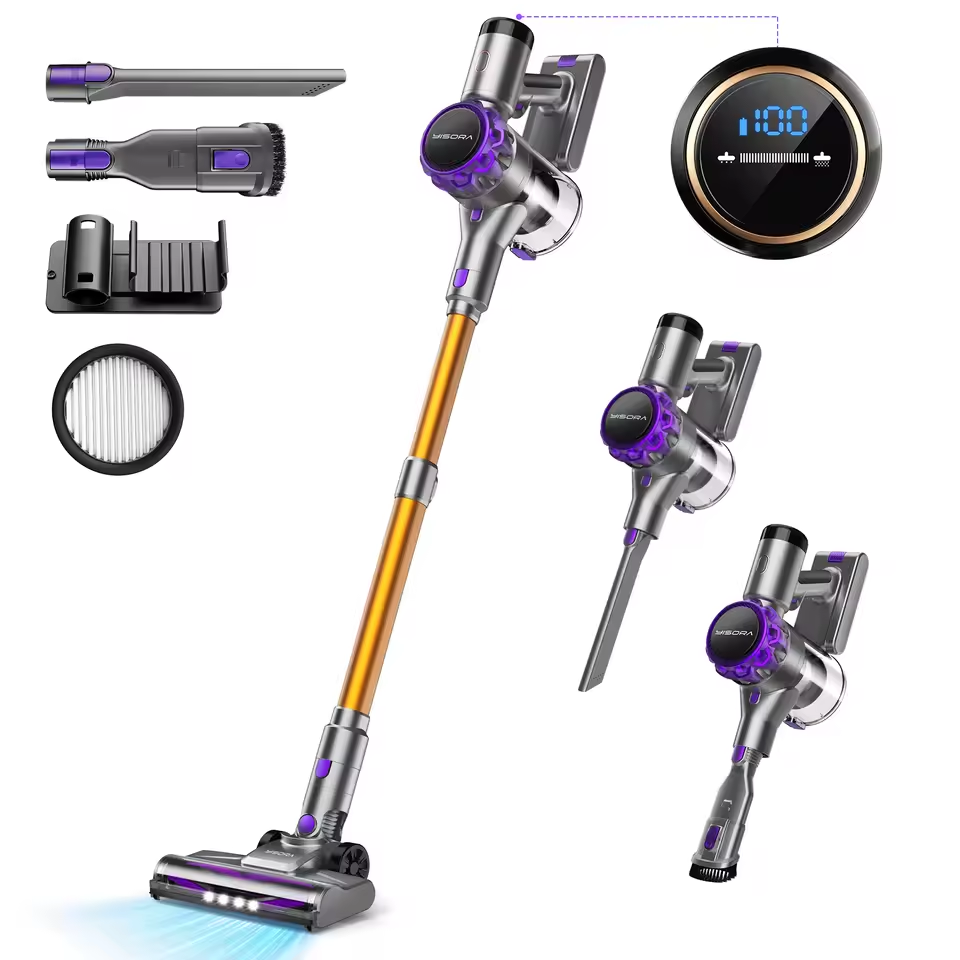
Types of Vacuum Cleaners
To choose the best vacuum cleaner, it’s important to understand the different types available. Each type caters to specific needs and spaces.
Models of Upright, Canister, Stick, and Handheld
Upright Models: These are traditional and widely used. Upright vacuum cleaners stand tall and are great for deep-cleaning carpets. They often have powerful suction and large dirt capacities.
Canister Models: These are more versatile. Canister vacuums have a separate unit for the motor and dust collection, connected by a hose to the vacuum head. They are easier to maneuver and can clean tight spaces.
Stick Models: Stick vacuum cleaners are lightweight and convenient. They are ideal for quick cleanups and smaller areas. Many stick vacuums are cordless, making them very portable.
Handheld Models: The smallest and most portable of all. Handheld vacuum cleaners work well for spot-cleaning and difficult-to-reach areas. They are perfect for cleaning cars, upholstery, and small messes.
Each of these models plays a role in how vacuum cleaner works efficiently in different environments. For instance, upright vacuums may offer the best suction for carpeted rooms, while handheld models are unmatched in cleaning car interiors. Choosing the right type can greatly enhance your cleaning routine and ensure that your home or office is kept spotless with minimal effort. When considering how vacuum cleaner works for your specific needs, keep in mind the layout of your space, the types of surfaces you need to clean, and how often you plan to use the device.
Features and Technologies
Vacuum cleaners today come with an array of features and technologies.
Filters, Brushes, and Smart Features
Filters: Filters play a crucial part in how vacuum cleaner works. They capture fine dust particles and allergens, improving air quality. HEPA filters are one type, known for trapping tiny particles effectively.
Brushes: Brushes are at the front line of cleaning. They agitate carpet fibers to release dirt. Rotating brushes can lift stubborn pet hair and debris, contributing to a deeper clean.
Smart Features: Modern vacuums include smart technologies. Wi-Fi connectivity lets users control vacuums via smartphone apps. Some models have navigation sensors. These sensors help vacuums avoid obstacles and clean efficiently.
The right combination of these features ensures that your vacuum cleaner works well across various surfaces and conditions. Regularly clean and maintain these components to keep your vacuum performing at its best.
Maintenance and Troubleshooting
Proper maintenance ensures that your vacuum cleaner works at peak efficiency. It also prolongs the life of your appliance. Troubleshooting common issues can save on costly repairs. Here, we’ll focus on essential maintenance tasks and solving typical problems.
Cleaning and Replacing Filters
Filters are vital in how vacuum cleaners work. They trap dust and prevent it from re-entering the air. Over time, filters can clog with debris. This reduces airflow and suction power. To maintain performance, clean or replace filters regularly.
For Cleaning Reusable Filters:
- Remove the filter according to the manufacturer’s instructions.
- Gently tap it over a trash can to dislodge dust.
- Rinse it with cool water if allowed (check your manual first).
- Let it air-dry completely before reinserting it.
For Replacing Disposable Filters:
- Purchase the correct replacement filter for your model.
- Remove the old filter and dispose of it properly.
- Insert the new filter into the designated slot.
Check your vacuum cleaner’s manual to know how often you should clean or replace the filters. Some modern vacuums have indicators to tell you when it’s time. Remember, keeping filters clean is not only about efficiency; it’s also about the air you breathe. Dirty filters mean you’re potentially releasing allergens back into your environment.
Environmental Impact and Energy Efficiency
Vacuum cleaners affect the environment and energy use. Understanding this can guide more eco-friendly choices.
Sustainable Practices and Energy-Saving Models
Vacuum companies now focus on sustainability. Energy-saving models use less power without sacrificing performance. Some vacuum cleaners feature eco modes. Eco modes reduce energy use during operation. They are effective and save on electricity bills. Additionally, eco-friendly materials are becoming more common in design. Manufacturers opt for recyclable plastics and metals. This reduces waste and supports recycling efforts.
Energy efficiency ratings also help consumers choose. These ratings tell how much power a vacuum uses. Look for higher ratings to ensure lower energy consumption. Many countries have labeling systems. These systems make it easier to identify energy-efficient appliances. Remember, choosing an energy-efficient model benefits both the planet and your wallet.
Finally, consider the longevity of the appliance. Durable vacuums mean less waste. They do not need replacing often. This contributes to lower environmental impact over time. Keeping vacuum cleaners well-maintained can further extend their life. A well-cared-for vacuum also uses energy more efficiently. This is due to unobstructed airflow and optimal suction.
To sum up, opt for energy-efficient vacuum cleaners. Look for sustainable features and materials. Check energy ratings, and maintain your vacuum well. This ensures reduced environmental impact and lower energy bills.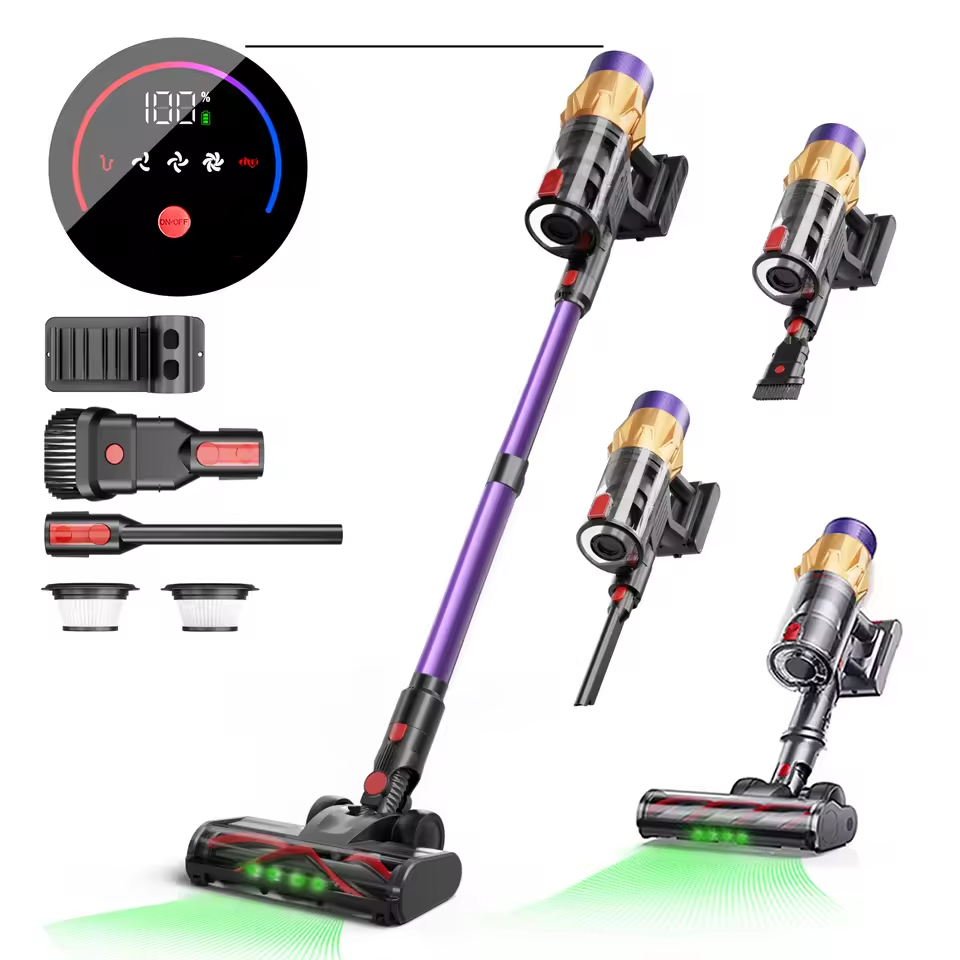
Choosing the Right Vacuum Cleaner
Selecting the right vacuum cleaner is crucial to address specific needs within a household. Whether you battle allergens, manage pet fur, or have varied floor types, certain factors weigh heavily on your choice.
Considerations for Allergy Sufferers, Pet Owners, and Different Floor Types
If you’re an allergy sufferer, a vacuum with a HEPA filter should be a priority. HEPA filters capture fine particles that aggravate allergies. They ensure the air expelled from the vacuum is clean and allergen-free.
Pet owners need vacuums with powerful suction and specialized brushes. Strong suction ensures that pet hair and dander are efficiently picked up. Brushes designed to remove fur can prevent it from tangling inside the vacuum.
For homes with different floor types, versatile features are key. Look for a model that easily switches from carpet to hardwood. Adjustable suction and brush height help to protect delicate surfaces while ensuring a thorough clean.
When considering how vacuum cleaner works for your needs, prioritize features that match your specific situation. This could mean ensuring easy filter maintenance for allergy sufferers or a tangle-free brush roll for pet owners. Keep in mind the size and layout of your space when making your choice. Always opt for models that provide a balance of power, efficiency, and convenience for your particular cleaning tasks.
